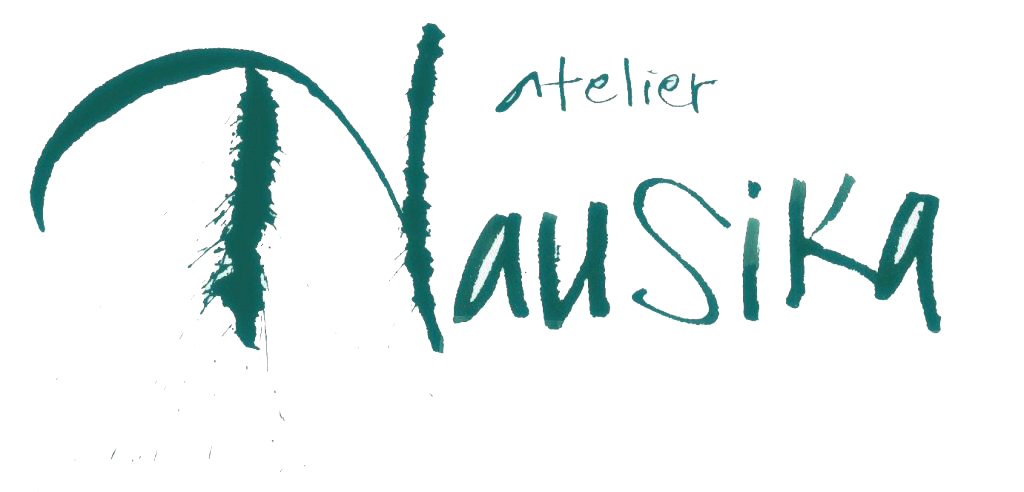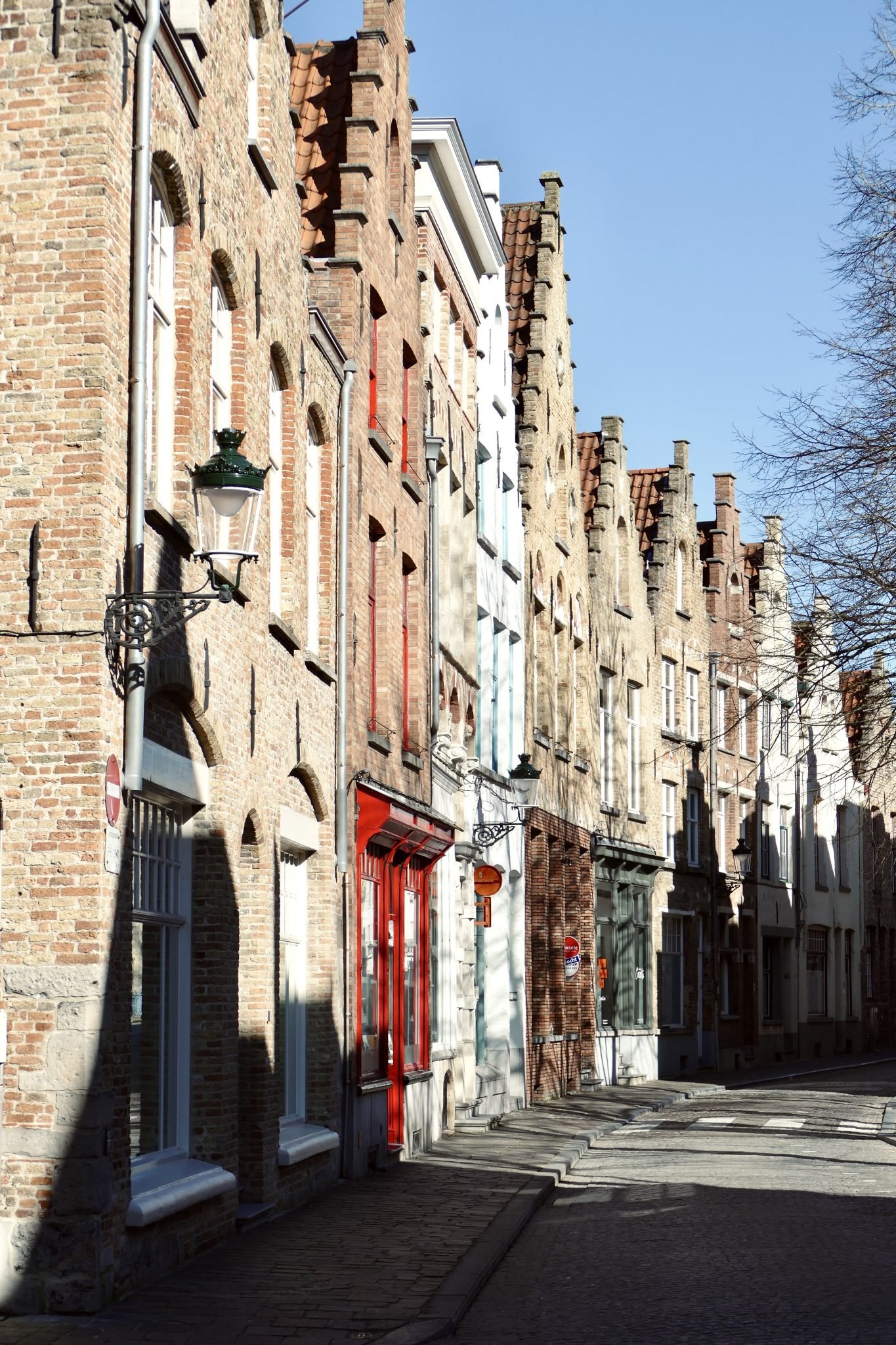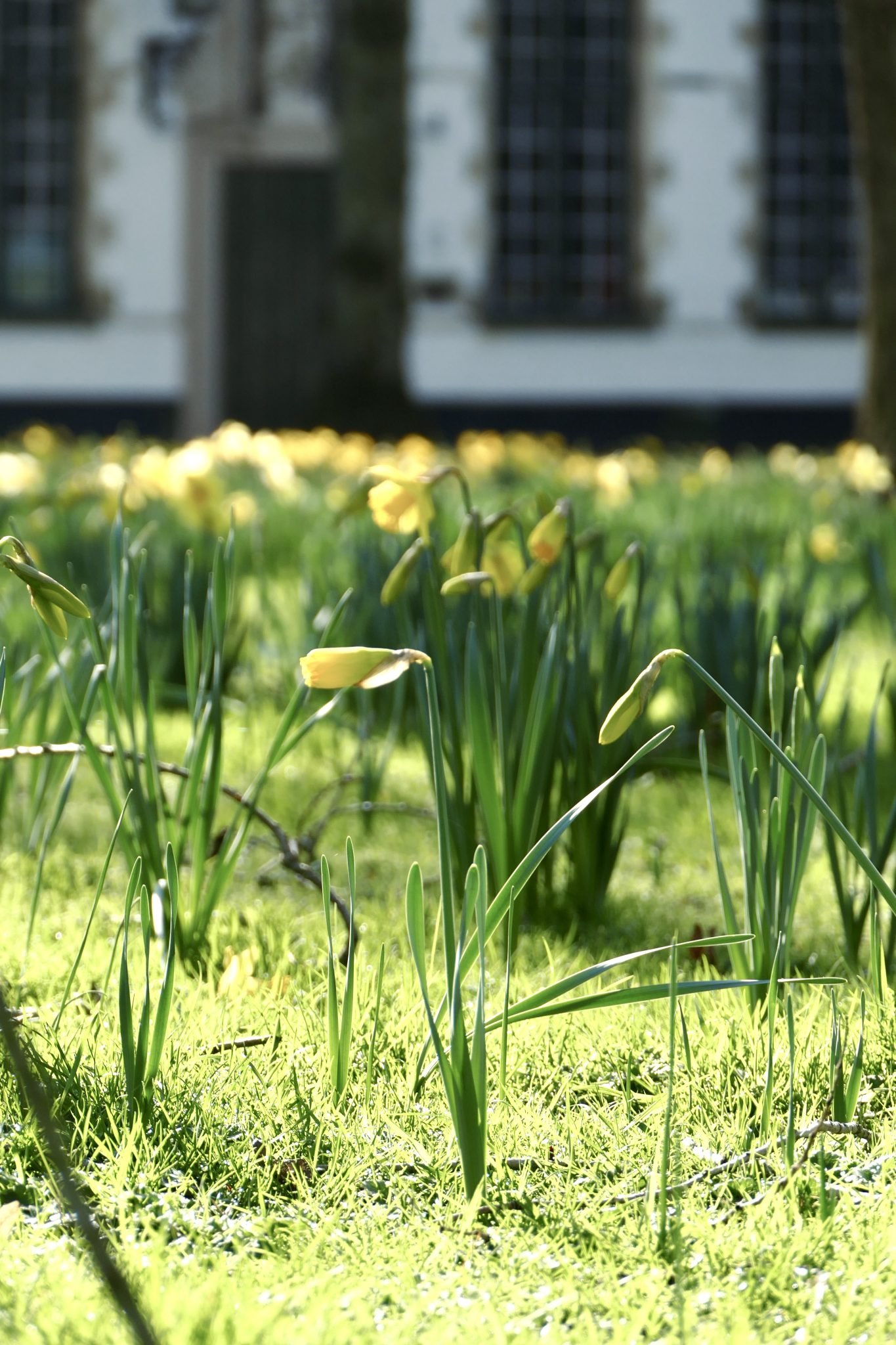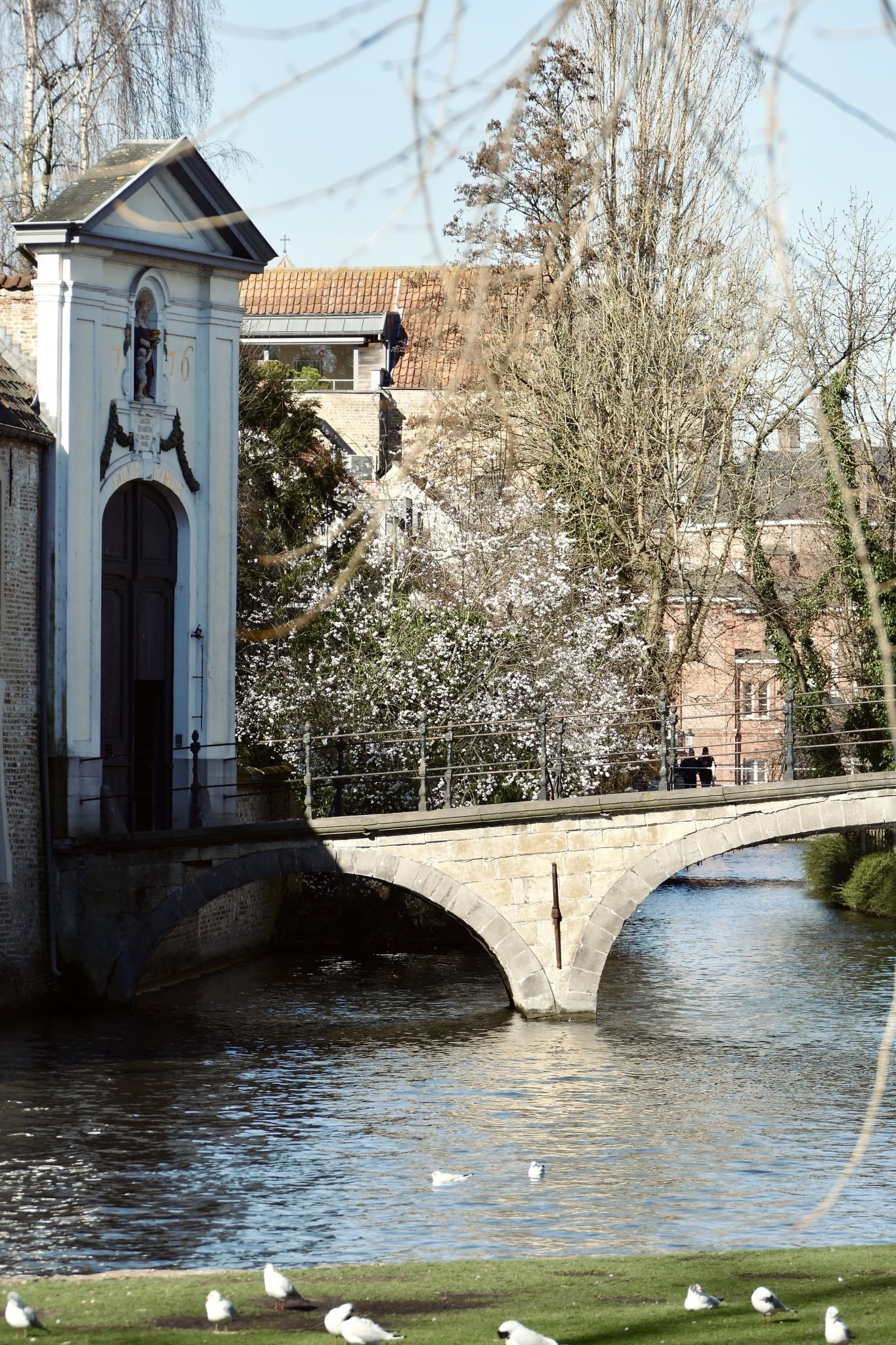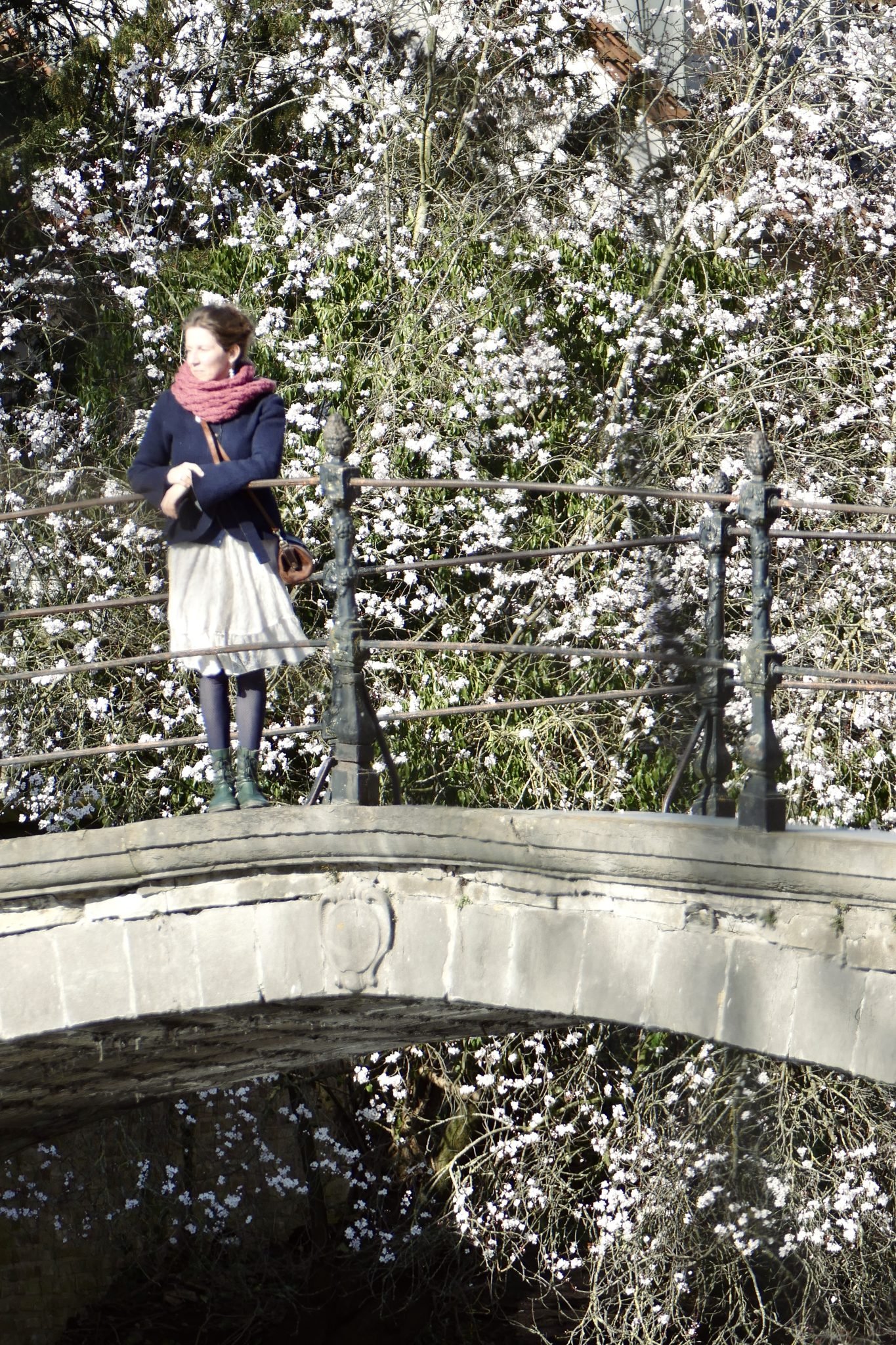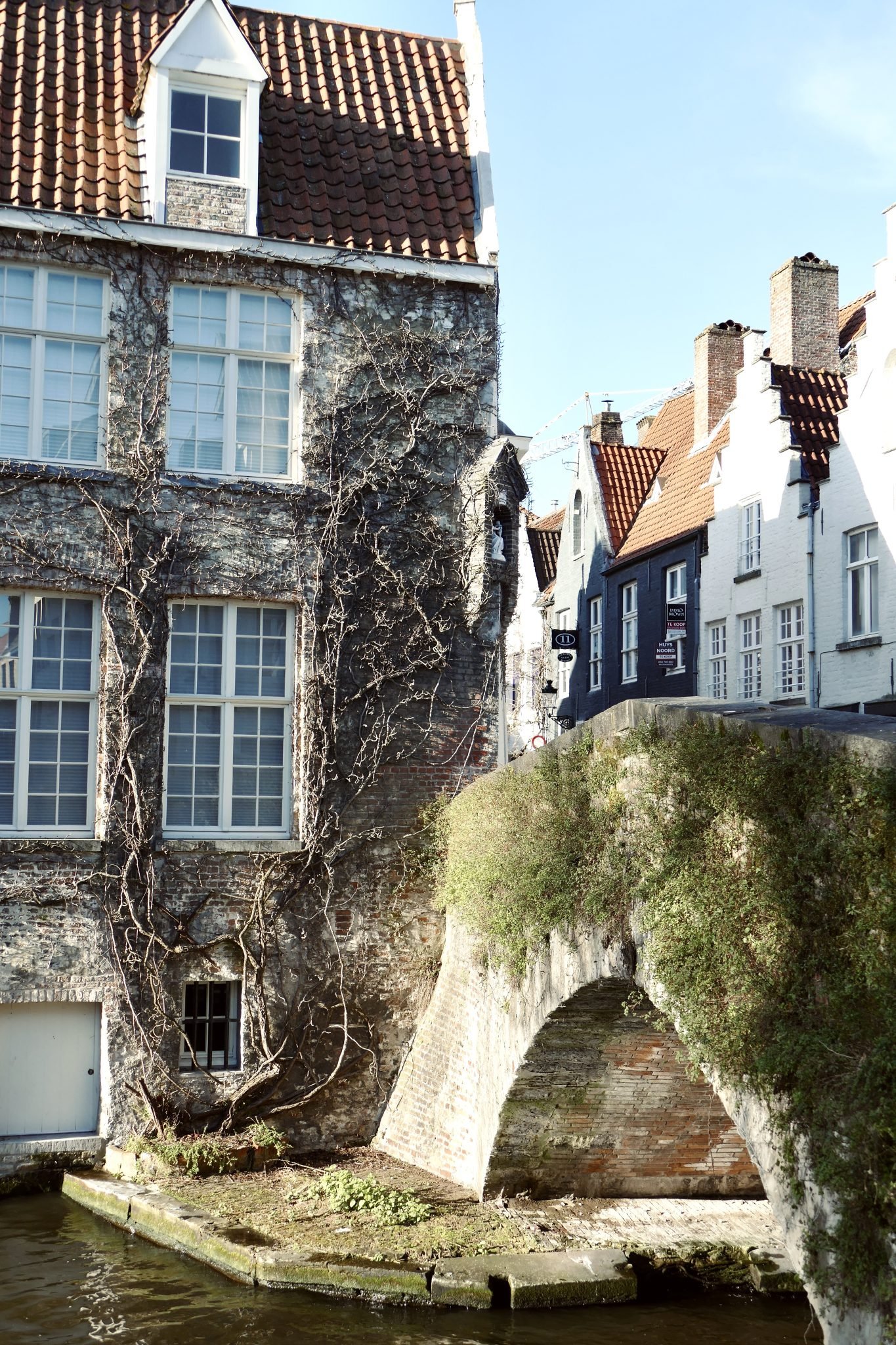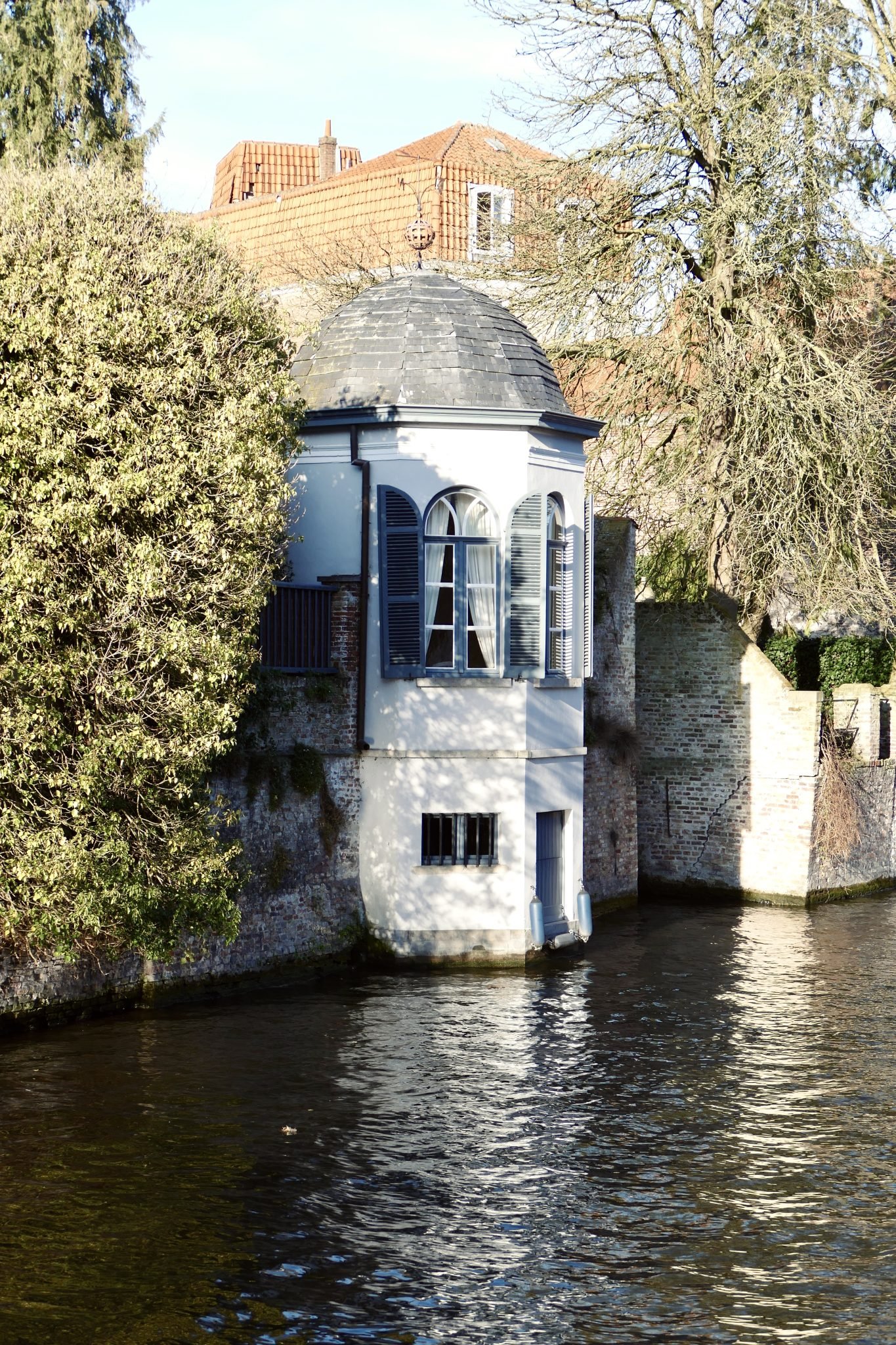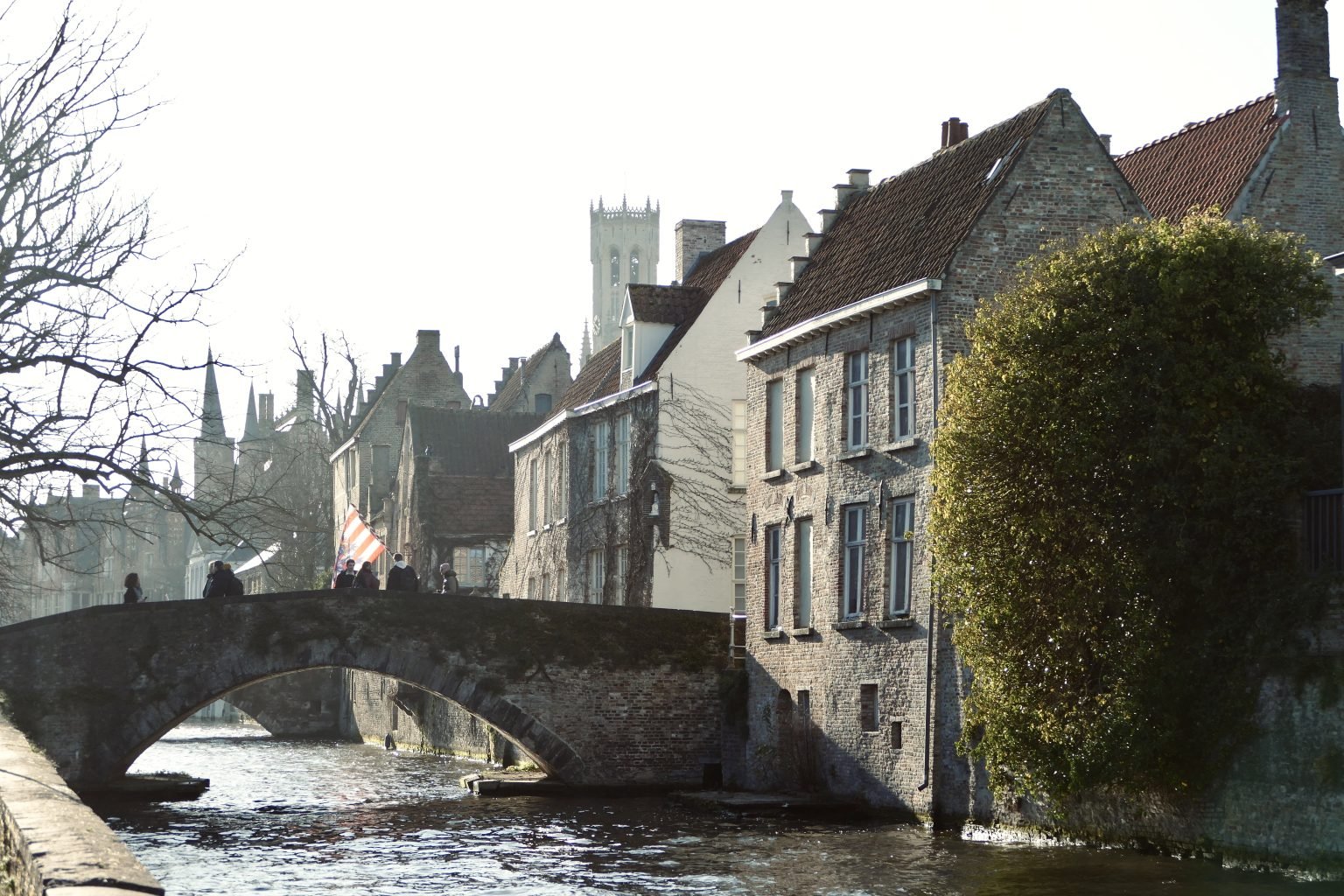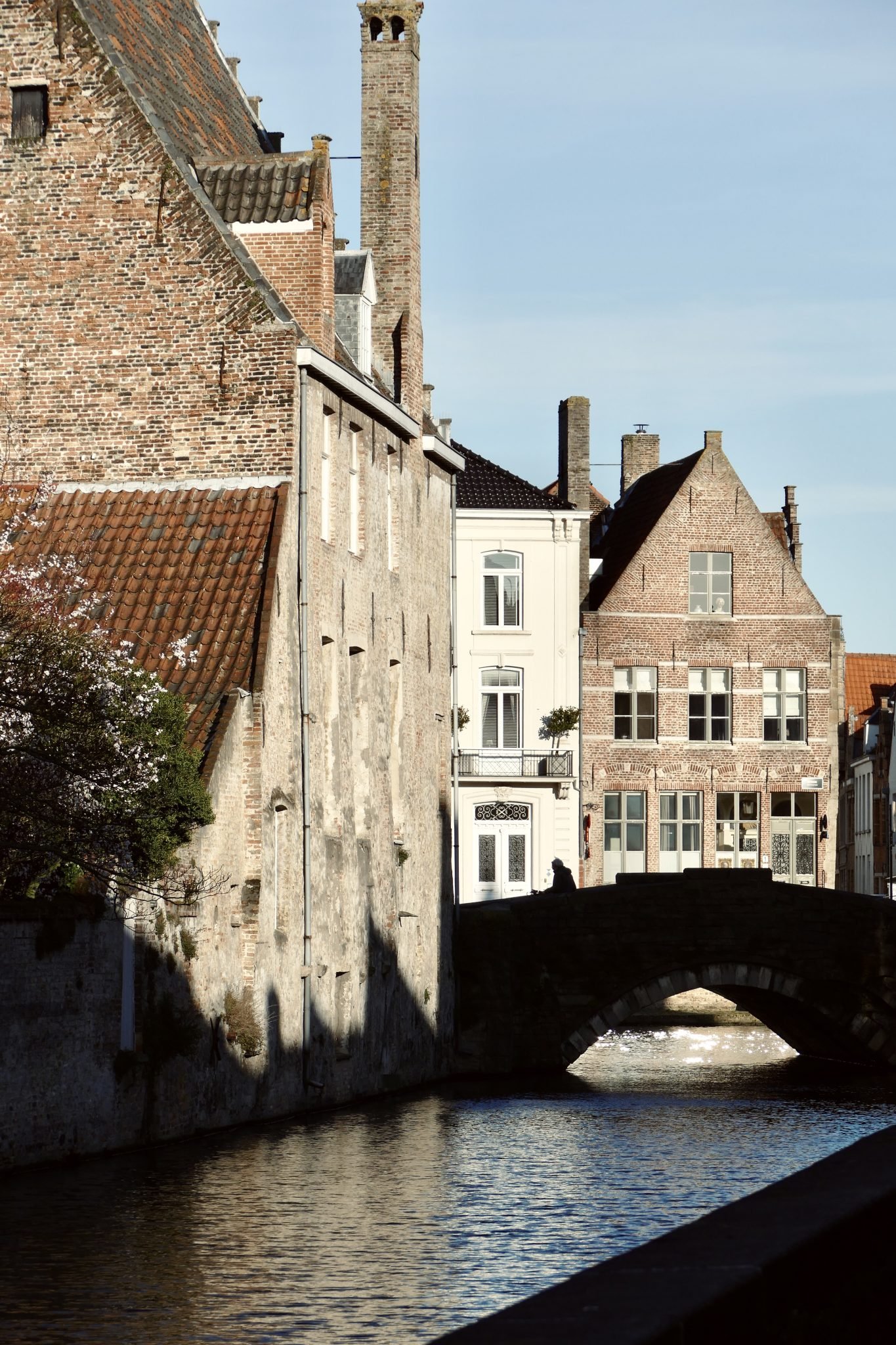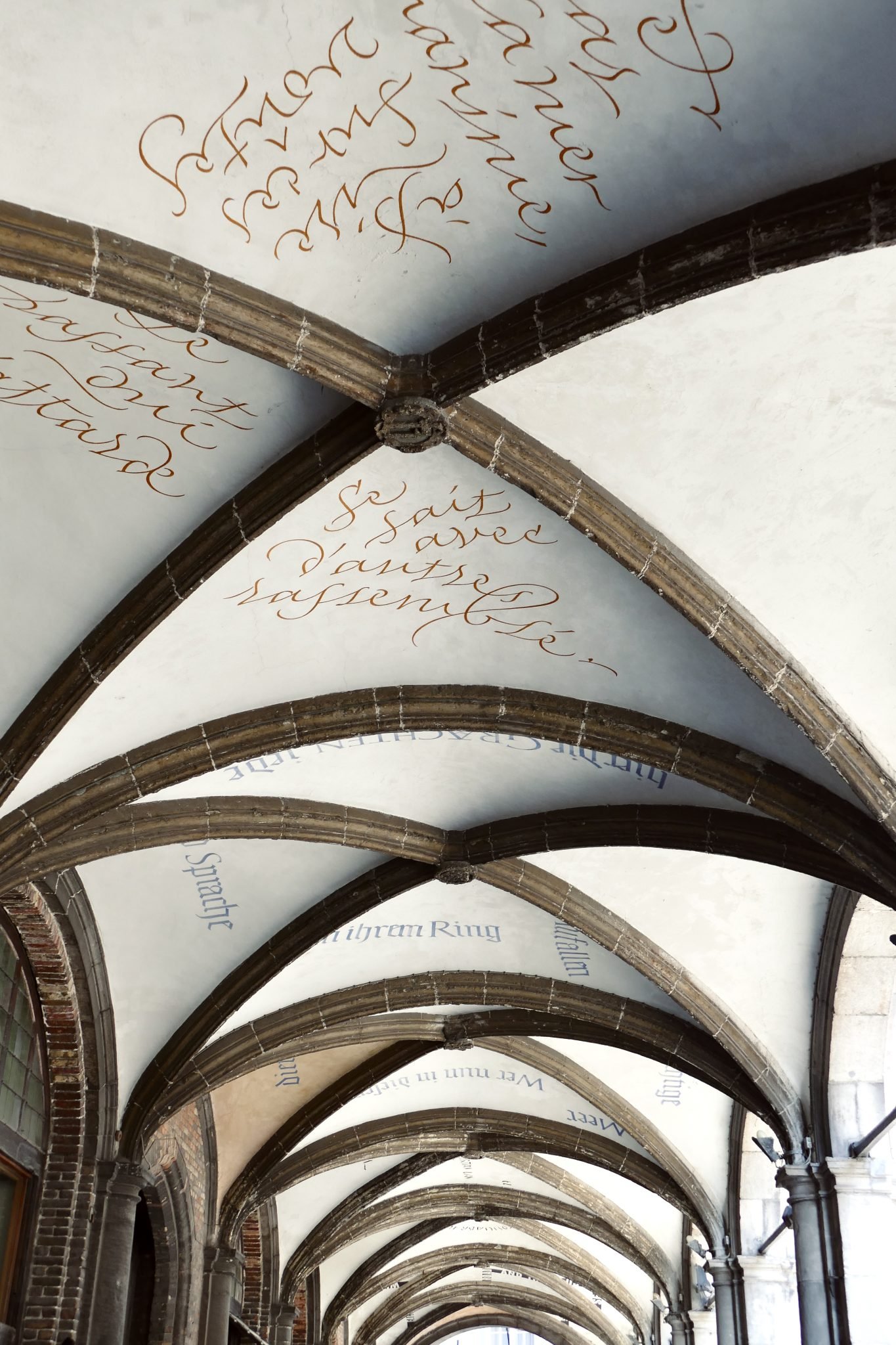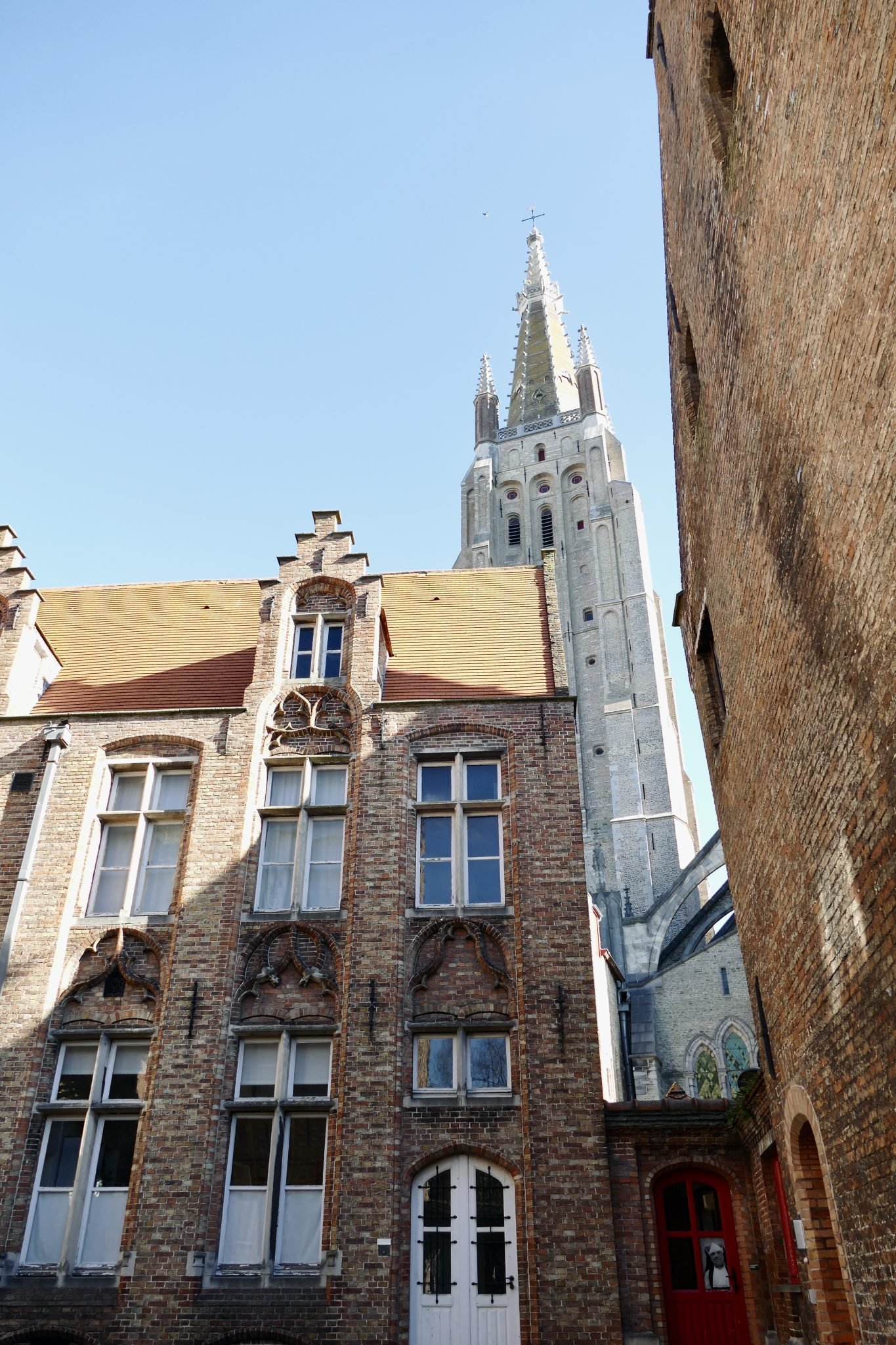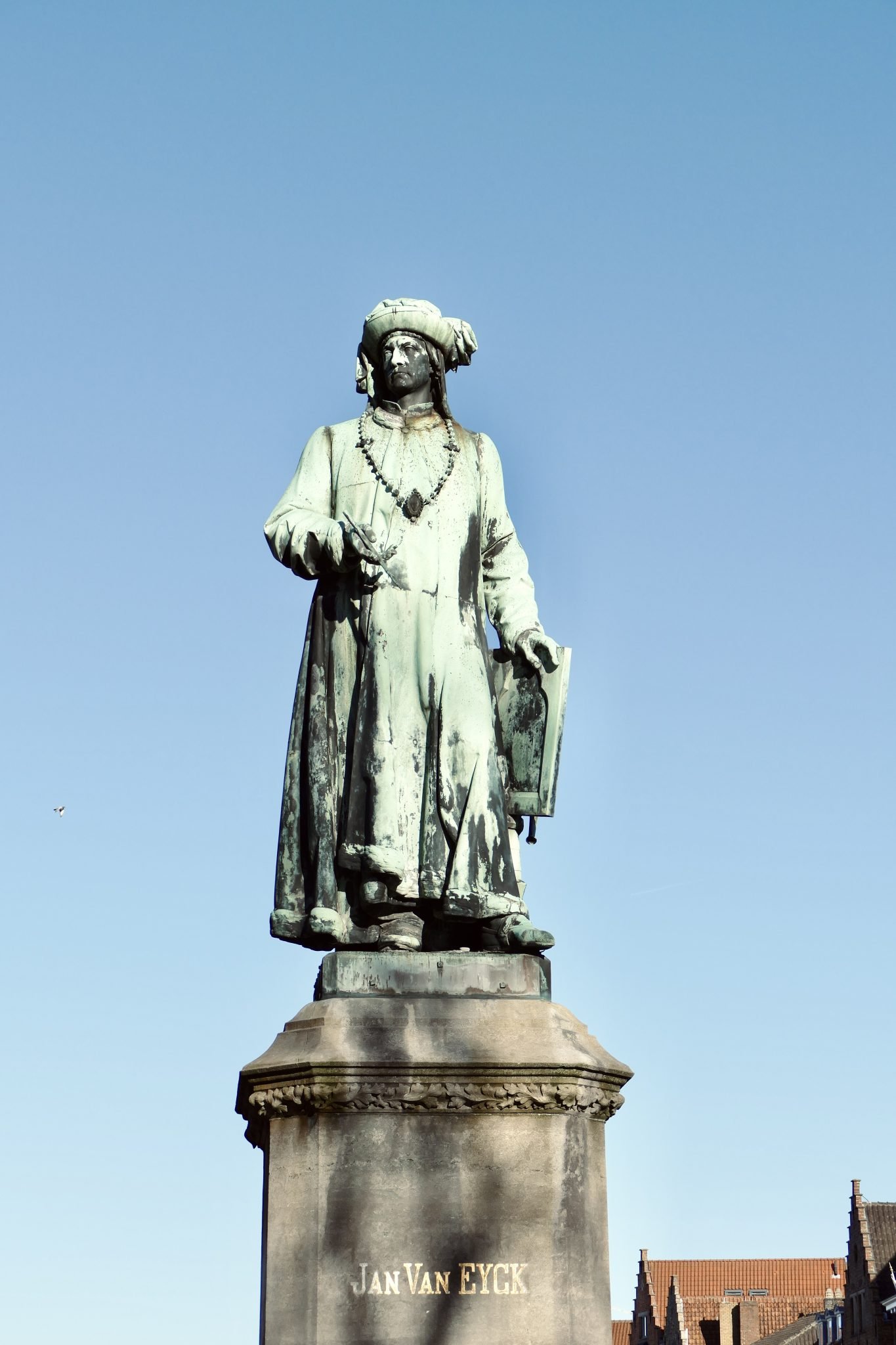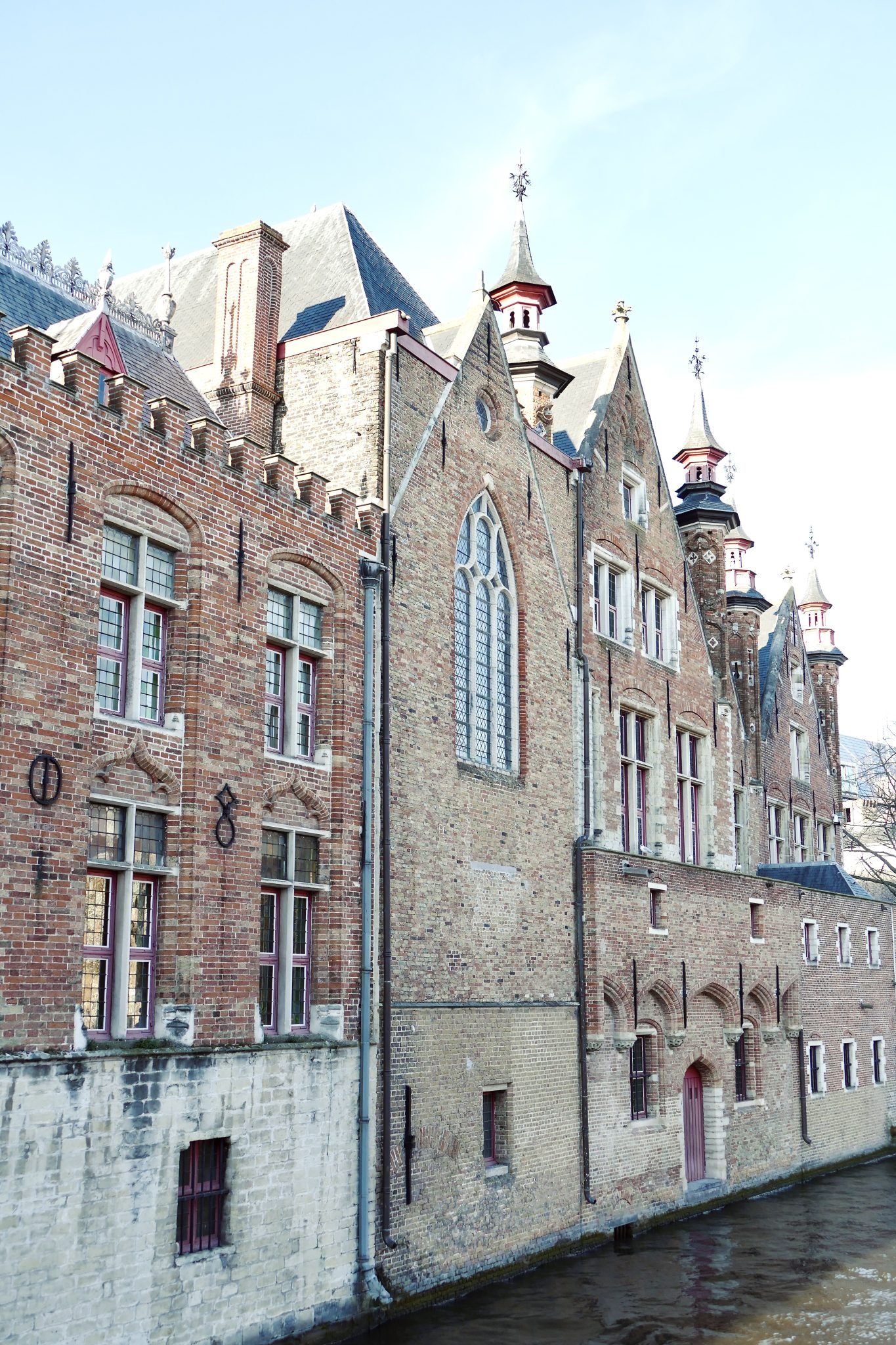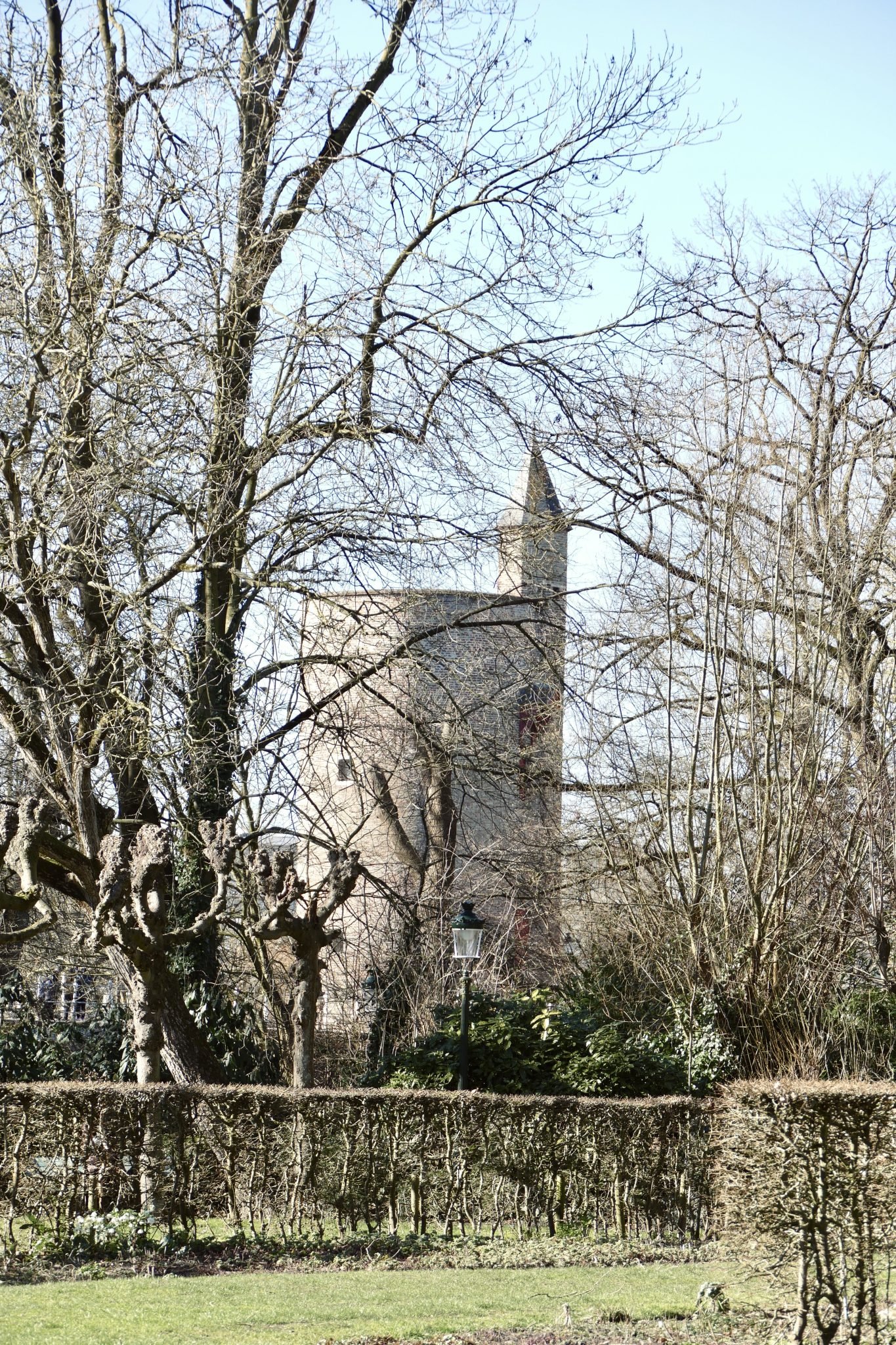Beautiful Bruges
On a sunny but cold Saturday morning my husband and I travelled by train to Bruges, one of the most beautiful and historical cities in my country. Its history goes back to the Middle Ages when it became an important international trading centre. It was a powerful political stronghold thanks to the many Flemish earls who reign the county Flanders in that time. During the two World Wars, the city wasn’t destroyed and stayed almost intact so we still can enjoy the historical setting. It wasn’t a surprise that the complete historical inner city was promoted to world heritage by UNESCO in 2000.
I hope you will walk with me through this charming city with its stepped gables, enchanting bridges and small streams …
If you would ever visit Belgium, I would definitely recommend a visit to this wonderful city! But remember you won’t be the only one there! It can be very crowded, just as it was during the weekend we visited Bruges.
We had a lovely stay at the boat hotel ‘De Barge’ on the canal. Even the life saving jackets were provided!
Let me start by taking you to my favourite place in Bruges. The beguinage ‘Ten Wijngaarde with its white painted facades, the beguine church and a hushed cloister garden which was so beautiful now the daffodils were blooming. I’ve been back here twice as I so loved the serene atmosphere with the abundant beauty of the bright spring flowers.
It’s built in 1245 and one of the many beguinages Belgium counts. These small houses were inhabited by beguines, secular and emancipated women who lived piously and celibate. They wanted to practice their christian belief without the strong rules of the church. Even today you can notice the sacred and peaceful appearance in this unique place which is in such a contrast with our hectic society. I sometimes wished I could have lived here hundreds of years ago.
In 1936 a certain madam Sander donated 8 000 daffodil bulbs to the beguinage but she found the result ’too neat’ so the gardener had to remove them all and replant them criss-cross. I think I would have agreed with this madam Sander… The result now is just too overwhelming to describe with words so I hope the pictures will speak for themselves!
A small bridge leads to this main entrance gate of the beguinage which closes irrevocably every evening at 18h30. To maintain and guard the silence of this small world, I’d like to think.
The word ‘Bruges’ (Brugge in the Dutch language) might be derived from the old-German word ‘brugj’ or quay. Bruges has a special bond with the sea. It had a crucial role in the origin of the city. Bruges is also called ‘Little Venice of the North’.
Bruges counts many little canals, called ‘reien’ as they are named after the river Reie. This river used to run through the city. These little canals have been the veins of the city since its beginning.
This is the ‘Groenerei’, certainly the most enchanting one with this green bridge and old houses. I really enjoyed the ancient architecture and beautiful facades reflected in the rippling water.
And when you turn around, you can enjoy a great skyline with the Belfry in the background! It sometimes felt as time was standing still and I was taken back to the Middle Ages.
We’ve been wandering around a lot and were surprised by unexpected places, streets and views. But sometimes I took the map to see if there were some spots we really had to see. And the Belfry is one of them of course!
At the market place you can climb the 366 stairs of the 83m high Belfry and discover the impressive treasury house.
As are the Bruges city halls, its ancient ceiling decorated with modern calligraphy. Remains of the time when Bruges was worldwide acquainted for its cloth industry. Still many street names refer to this industry.
We continue our way through the city, heading to the ‘Onthaalkerk Onze-Lieve-Vrouwe’. In this church one can discover the world-famous Madonna with Child by Michelangelo as well as hand painted tombs of the 13th century.
Jan Van Eyck is one of the famous Flemish Primitives during the Golden age in the 15th century who had his artist studio in Bruges. His statue is situated in the old haven. When the ships came in, they had to pay toll in the impressive Toll house built in 1477 (on the second picture).
One of the oldest houses of the city is the one with the golden ball on tof of the roof. It was an instrument to determine the exact time.
The beautiful decorated house of the ‘Brugse Vrije’ was used to reign the countryside of Bruges.
It’s time to say goodbye to beautiful Bruges and travel back home at the end of a wonderful weekend in this historical city.
So I leave the city and all its impressions behind. Just taking one last look back… and I couldn’t overlook this Poertoren which was built in 1397 as a defense tower beside the Minnewater bridge. It’s standing strong and firm as a remnant of an impressive past.
